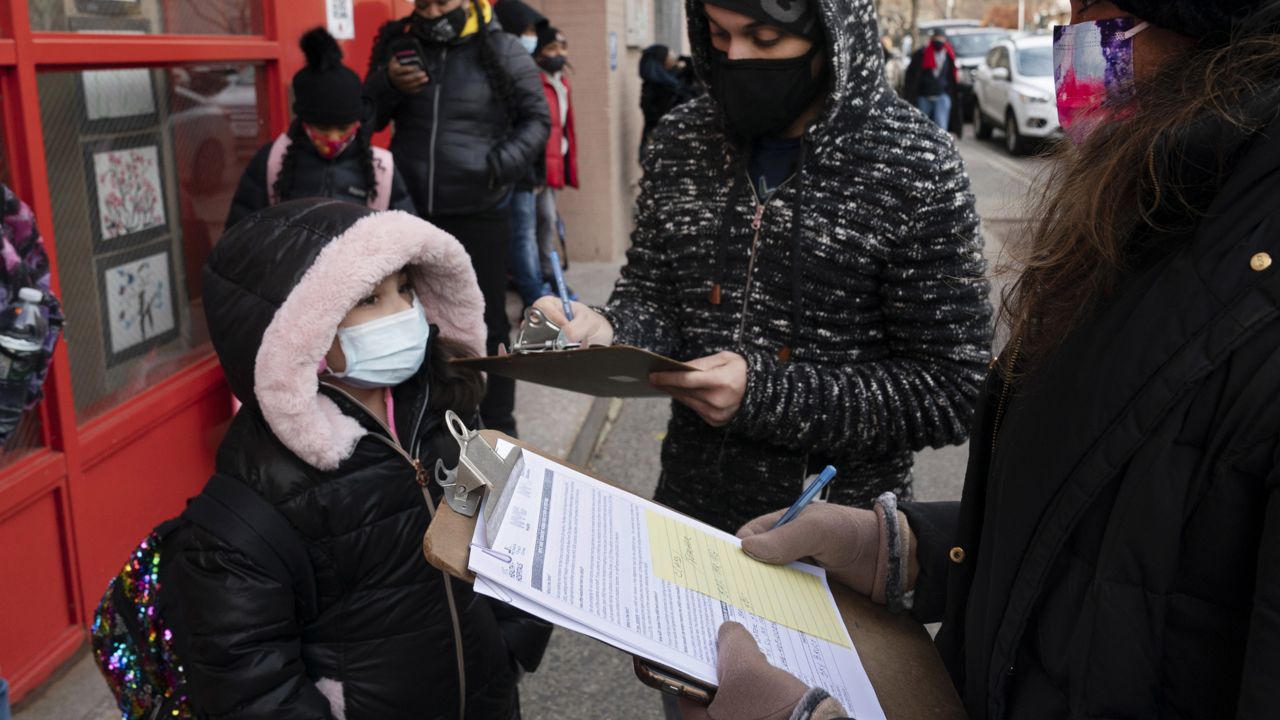The U.S. Centers for Disease Control and Prevention released new guidance Friday advocating for the use of “test-to-stay” policies in schools, a system intended to prevent children exposed to COVID-19 from unnecessarily disrupting their education.
The CDC had previously said it was considering recommending the policy alongside other mitigation strategies, and still maintains several “key prevention measures need to be included” with test-to-stay policies in order for them to be effective.
“The CDC is updating our materials to help schools and parents know how to best implement this promising – and now proven – practice, along with our multilayered prevention strategies that will help keep our children in the classroom safely,” CDC Director Dr. Rochelle Walensky said at a Friday press briefing.
The updated guidance includes increased testing of close contacts to students who tested positive for COVID-19. A student who has been exposed to an individual with COVID-19 must be tested at least twice within a period of seven days after exposure.
If the exposed child meets certain criteria and continues to test negative, they can remain in school – masked – instead of quarantining at home.
CDC’s official guidance for schools had previously been that when someone in a school tests positive for COVID-19 infection, those who were deemed to be in close contact should stay out of school, in home quarantine, for 10 days.
With the announcement Friday, the CDC is saying both test-to-stay programs and quarantining approaches are both equally good options for schools.
The CDC’s support of the testing strategy, which has already been implemented in hundreds of schools nationwide, stems from the results of two separate studies: One was conducted in K-12 schools in Los Angeles County; the other examined students in the same age group in Lake County, Illinois.
In both studies, masks were worn consistently at all times, including when a student came in close contact with another individual who was COVID-positive.
Suburban Lake County, Illinois, just north of Chicago, adopted a test-to-stay program in August. Close contacts were allowed to stay in school provided both the infected person and close contact were masked when an exposure might have happened, the close contact had no symptoms, and the close contact was tested one, three, five and seven days after exposure to the infected person.
Infections developed in only 16 of the more than 1,000 close contacts who were tracked, a transmission rate of about 1.5%. Health officials deemed it a successful approach that allowed many students to stay in school.
Similar results were reported this fall in schools in Los Angeles County, California. Researchers counted 7,511 student close contacts in schools that tried the strategy, and the secondary infection rate was 0.7%.
Walensky on Friday stressed that vaccination is a “critical piece” of the government’s “multilayered prevention strategies to protect our children from COVID-19.”
Currently, around 20 million children under the age of 17 and over 5 million children under the age of 11 have received at least one dose of a vaccine, per CDC data.
The Associated Press contributed to this report.



